Swim During a Pandemic
As we approach the end of another year in the pandemic, there is plenty to recall, especially when looking back on sports. For about two years now, sports have gone from being canceled indefinitely, to Zoom workouts, to masked in-person practices, to the Winter Olympics in Beijing and the 56th Super Bowl. While major leagues and large associations of sports have somewhat transitioned back to how they were before COVID-19, non-professional teams have had to carry out long lists of precautions to ensure that lives aren’t at risk. A sport that has been tremendously impacted throughout all this is swim.
Many recreational and amateur teams have continued playing amidst COVID-19 because of their ability to follow guidelines such as wearing masks. An issue that was brought up quite often when decisions around reopening public pools were being discussed, was that there is no way for swimmers to be masked while in the pool. This is still something that repeatedly comes up in conversations with friends, mentors, family, and even teachers. I certainly hear it from my extended family, questions like, “But isn’t that still putting you at risk of contracting COVID-19?” or even the rare but still posed question of, “Can’t you guys just swim with your masks on?” For the record, we do not and can not swim with our masks on, but we do keep our masks on before getting into the pool and then put them back on once we exit the water. “Visitors are reminded to wear a face mask at all times,” ensures the County of Los Angeles for Public Health in an update on the reopening of residential swimming. It also reads that masks must be worn by all staff and any visitors who are over two years of age with the exception of when they are in the water. Safety protocols have been put in place and lifeguards, pool managers, and even locker attendants all work to educate and enforce them.
This past winter, public pools extended their guidelines making it so that anyone above the age of 12 would need to show proof of full COVID-19 vaccination upon entry to the pool. The solutions that the city has made available for sports like swimming have allowed us to continue growing in both the sport and community. These protocols also allow for swimmers to be more comfortable and less anxious about coming down with COVID-19 while still allowing them to practice the sport.
Miguel Nava, a current sophomore at Los Angeles Valley College and a lifeguard at Echo Park Deep Pool conveyed in an interview how the pandemic entirely changed his school life because of the lack of swim, while also greatly impacting his work. On the topic of school, his first encounter with COVID-19 guidelines occurred during a two-day, out-of-state swim meet. By the end of the first day, everyone at the meet was told they needed to go under house arrest to quarantine, making it so the competition would be canceled along with the rest of the season. “We lost more than a half of a year in practice for swimming and since I work as a lifeguard, I didn’t have a job for a whole year,” he commented when asked how COVID-19 affected his life in correlation to swimming being put on hold back in March. He also talked about how coming back to the pool after the reopening, he was able to practice and even coach younger swimmers. Returning has given him the chance to grow as a swimmer, lifeguard, and coach, while truly impacting the next generation of swimmers in the process, like me.
As a swimmer myself, I gained a large amount of stress and anxiety that could have been eased by continuing to swim during the pandemic. Sports are more than just a way to exercise, because to a lot of people, they provide an environment and community which allows them to grow. This can be seen in the way so many people dedicate time, money, and affection to other professional sports teams. Teams are able to give people a sense of belonging, comfort, and admiration, whether you play with them or watch from your devices. All of these things would’ve made for a great support system during the pandemic. I, for one, didn’t recognize the immense amount of time I had put into swimming pre-pandemic until it wasn’t something I had the luxury of doing on a daily basis anymore. The relationships I had established with other swimmers, lifeguards, and my coaches all played a great role in my mental health and the reduction of stress in my life. Losing such important connections and the ability to put my emotions into my sport made the pandemic even more unbearable. So when pools reopened in July of 2021, I was quick to find refuge again in the water. And that’s exactly what happened: when I went back to swimming two to three hours a day, I was happier than I had been since the lockdown had begun. I was around people that made me feel encouraged and proud of my progress and was able to work on strategies to further improve my skill while having a distanced social connection with my teammates.
The worry and uncertainty around whether or not swimming should be made available to the public has partially died down since March 2020, as since then, public pools have taken every possible precaution needed and possible in their reopening. Swimming was not only highly impacted by quarantine, but the shutdown greatly impacted swimmers. But because of further research, recommendations, and data from the Center for Disease Control and the Los Angeles County Public Health Department, the once closed pools have now reopened. If you are interested in going for a lap swim or signing up for classes at your local pool, make sure to take into consideration their new protocols and guidelines. For more information on new pool regulations in California, you can go to: Public Pools | Los Angeles County Department of Public Health – Environmental Health.
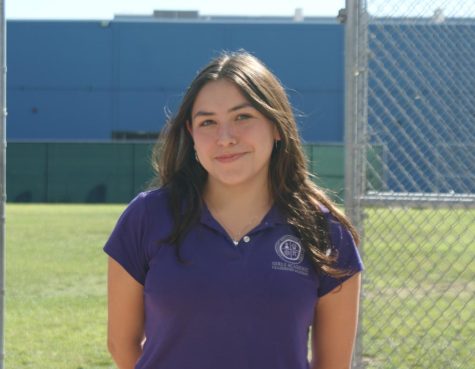
Ariani Ray is a current junior at Girls Academic Leadership Academy. She is currently the Arts and Entertainment editor for The Echo. Her goal this year...
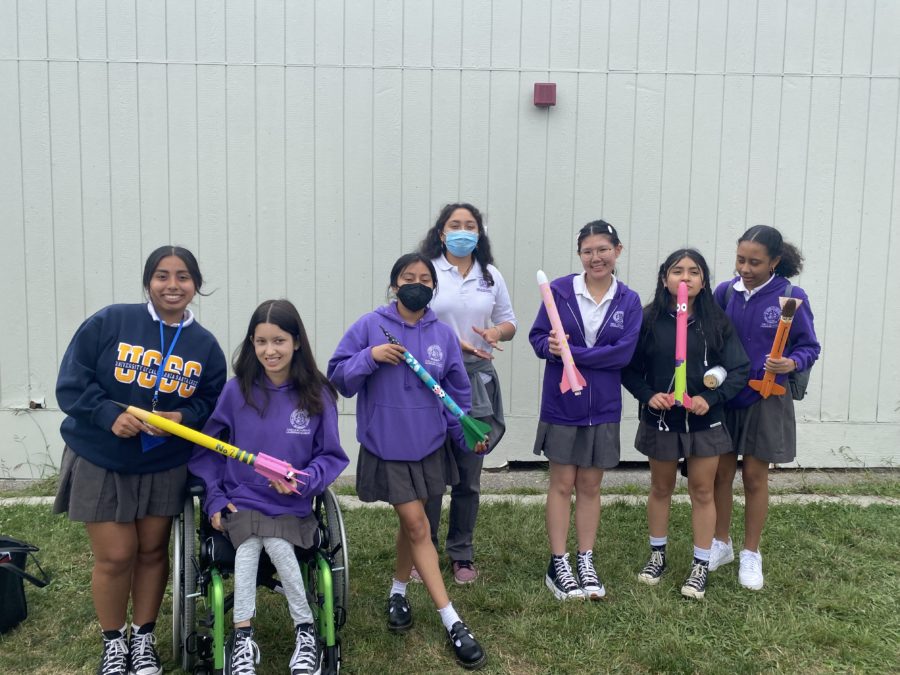

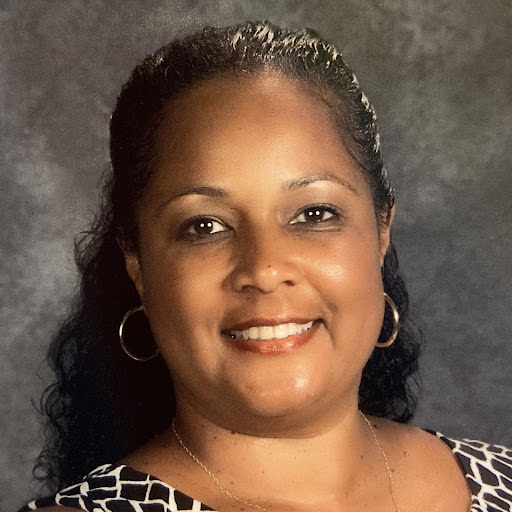
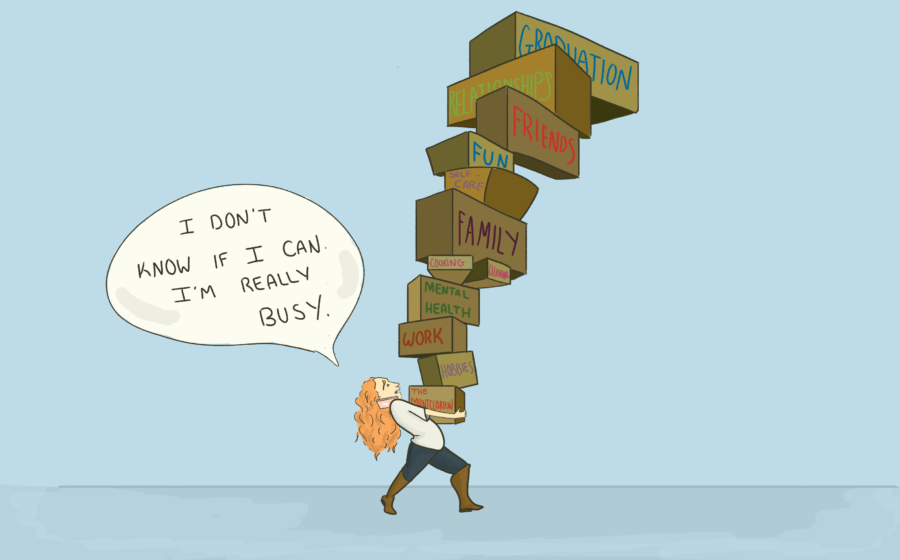

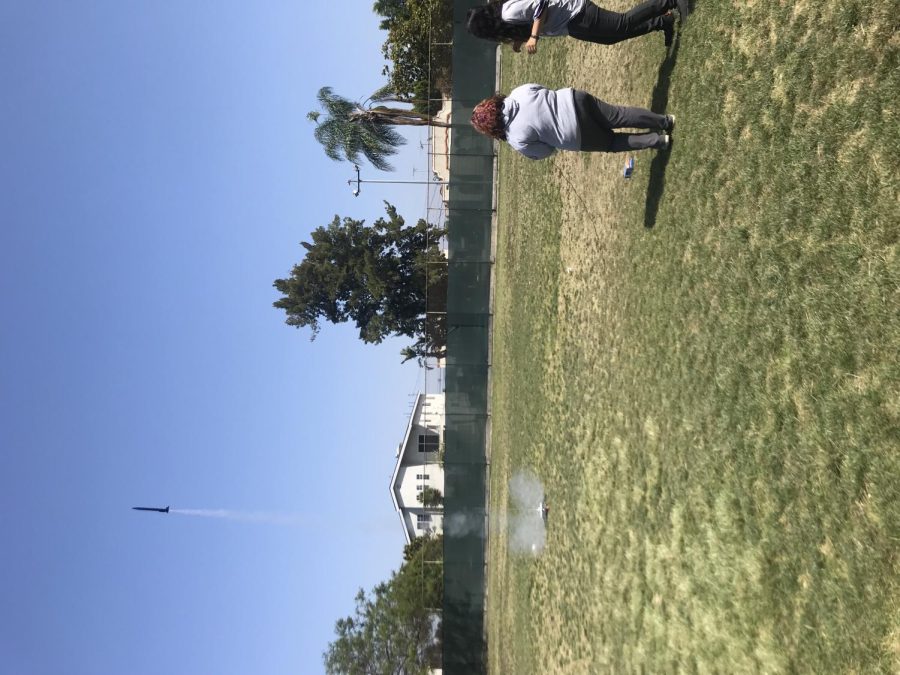
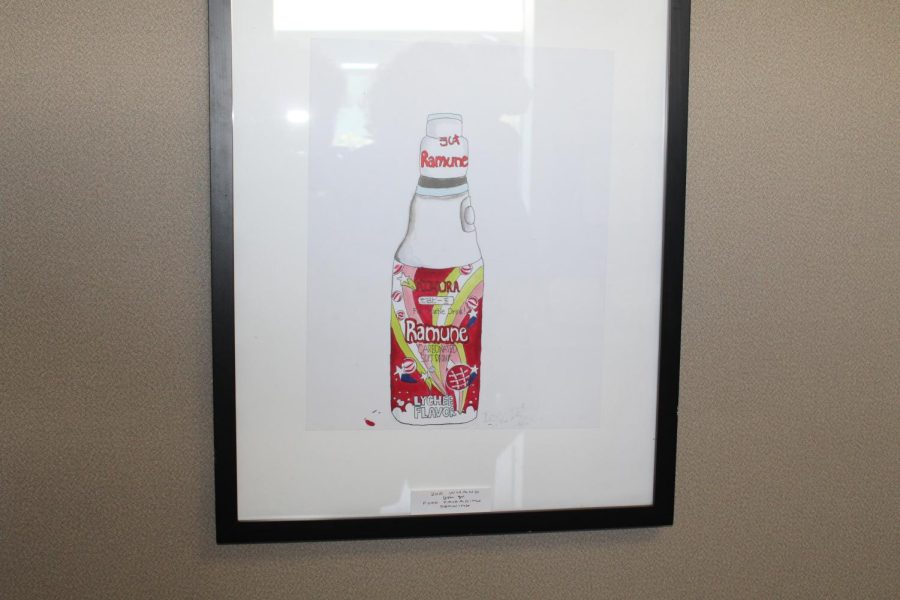
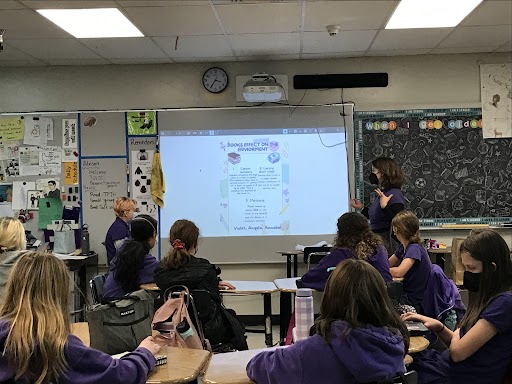
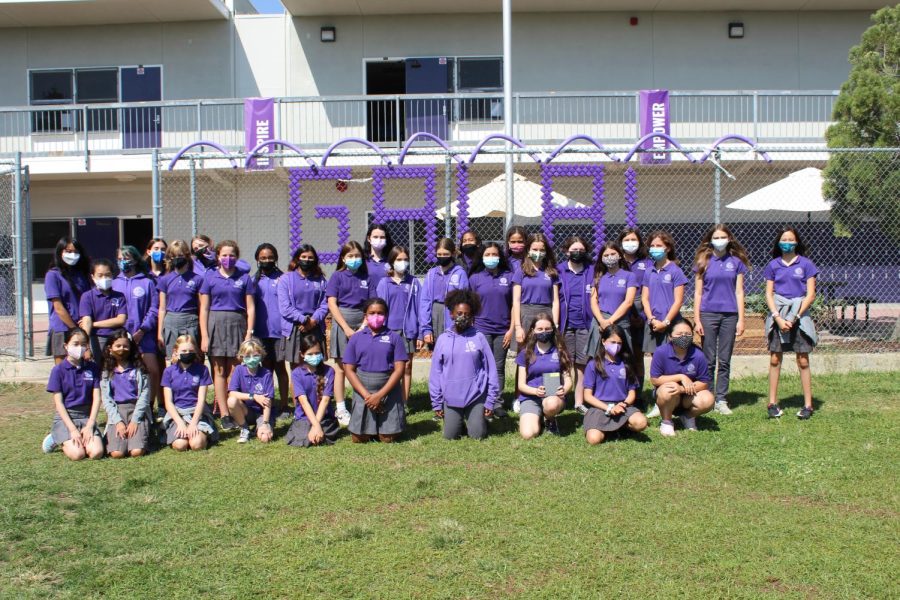




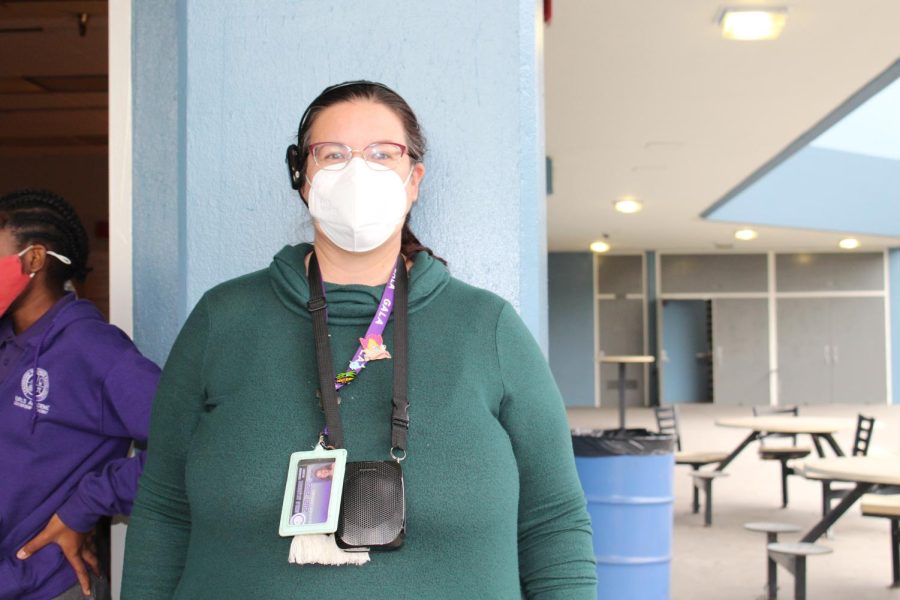
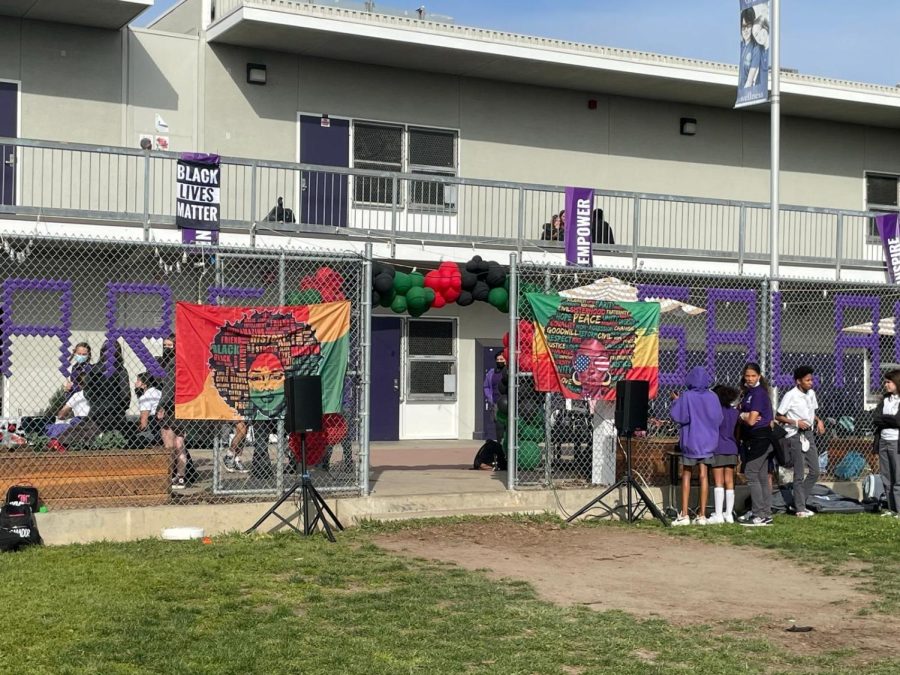
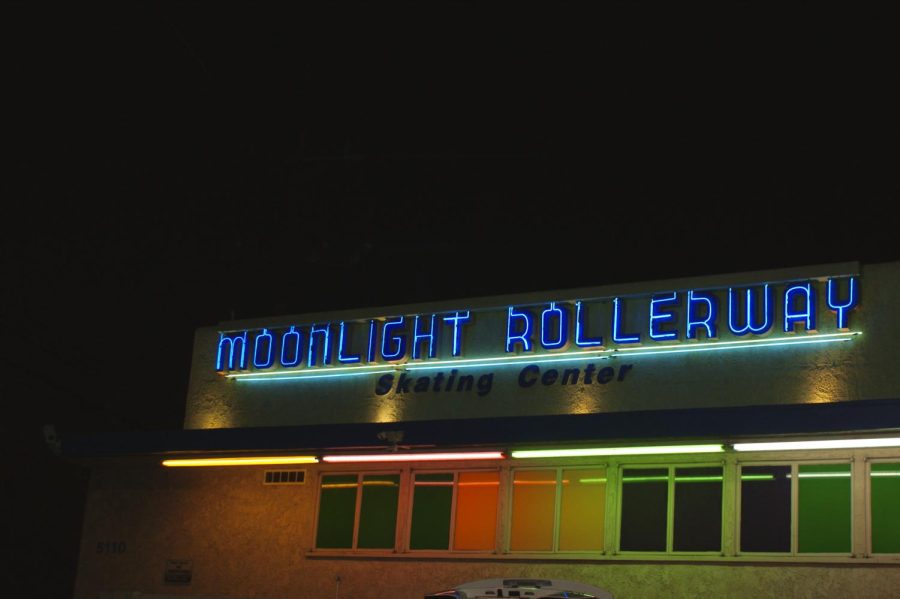

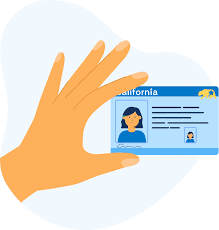
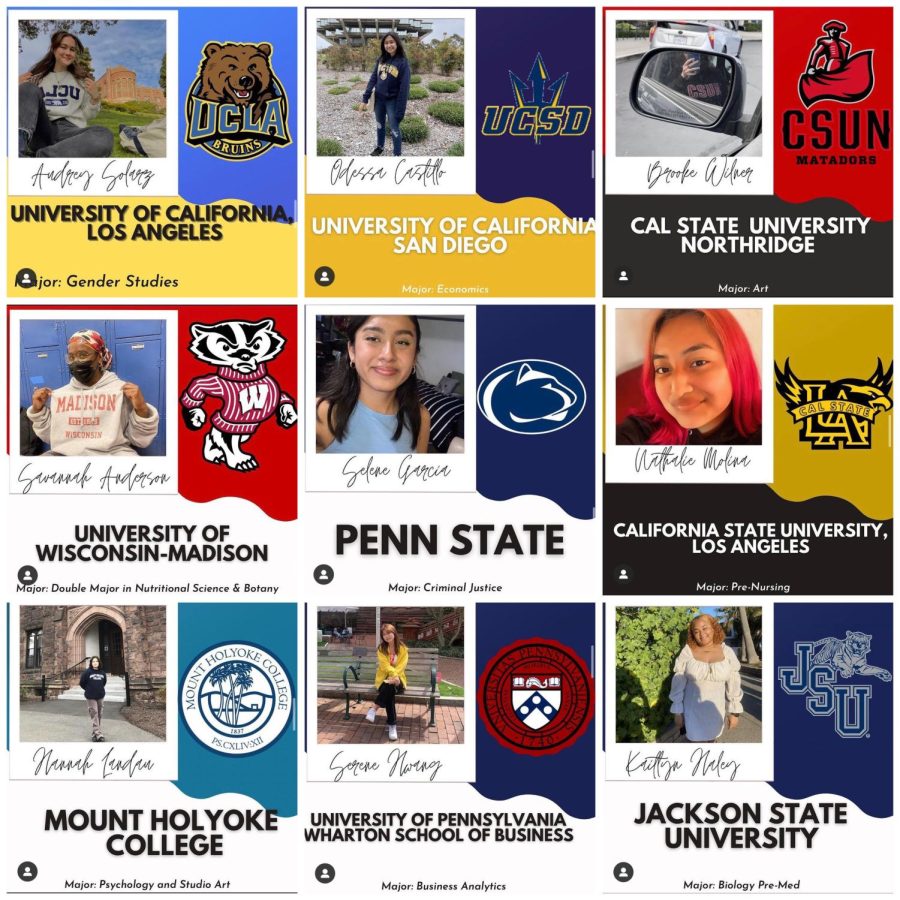
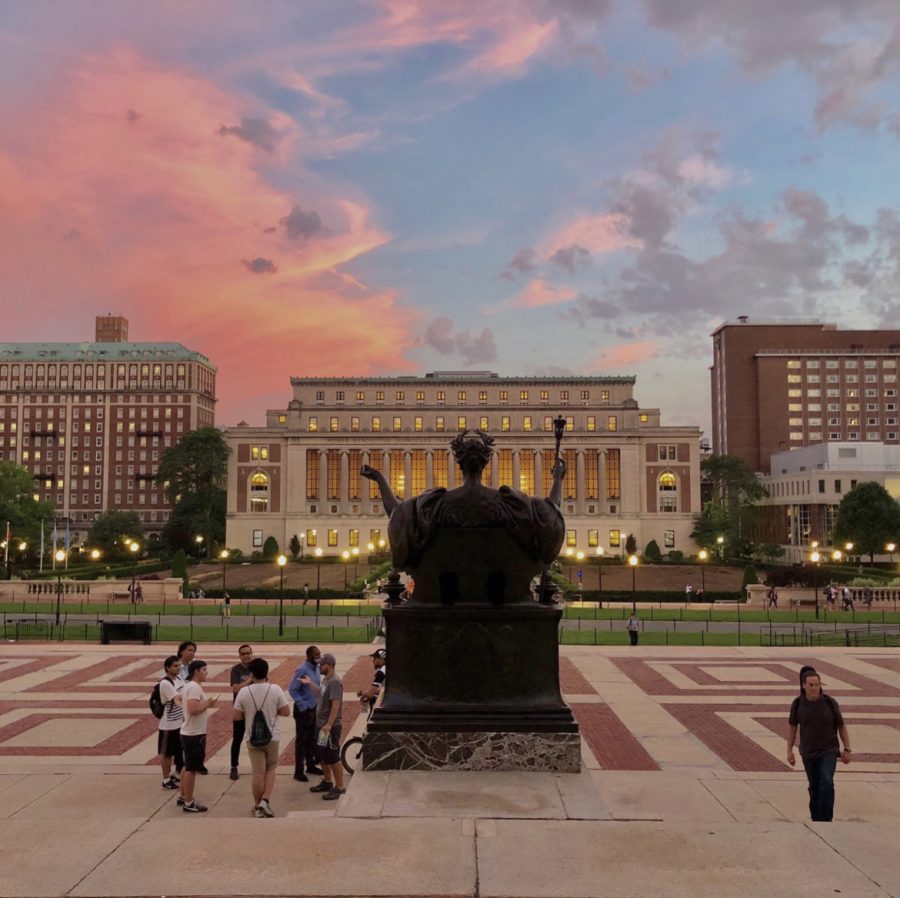
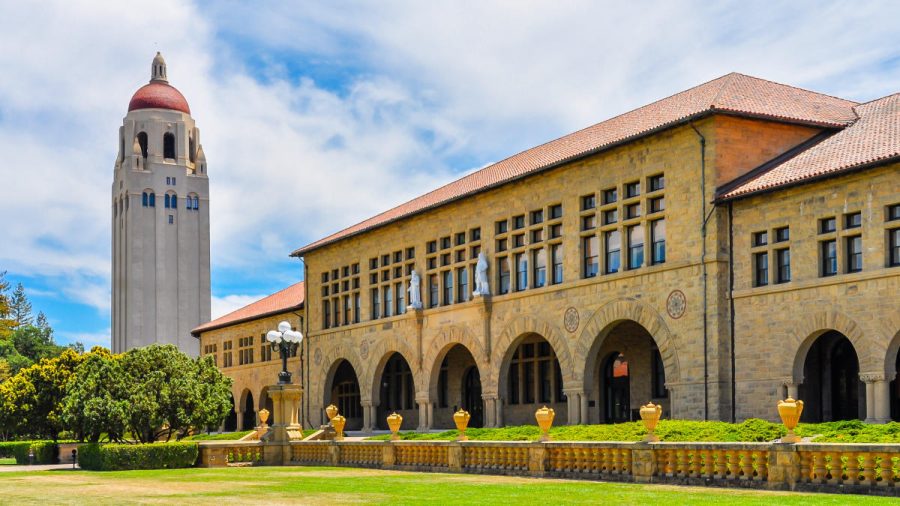


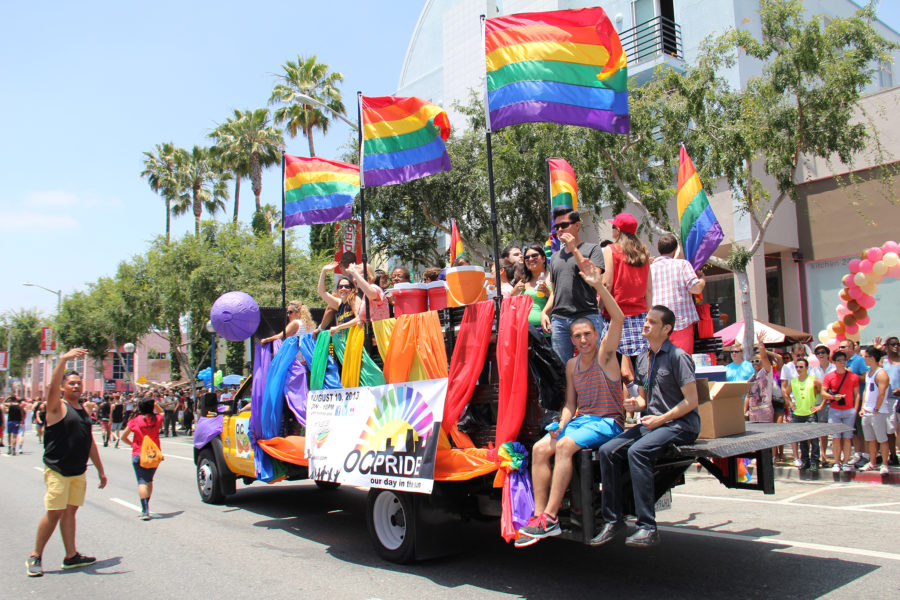
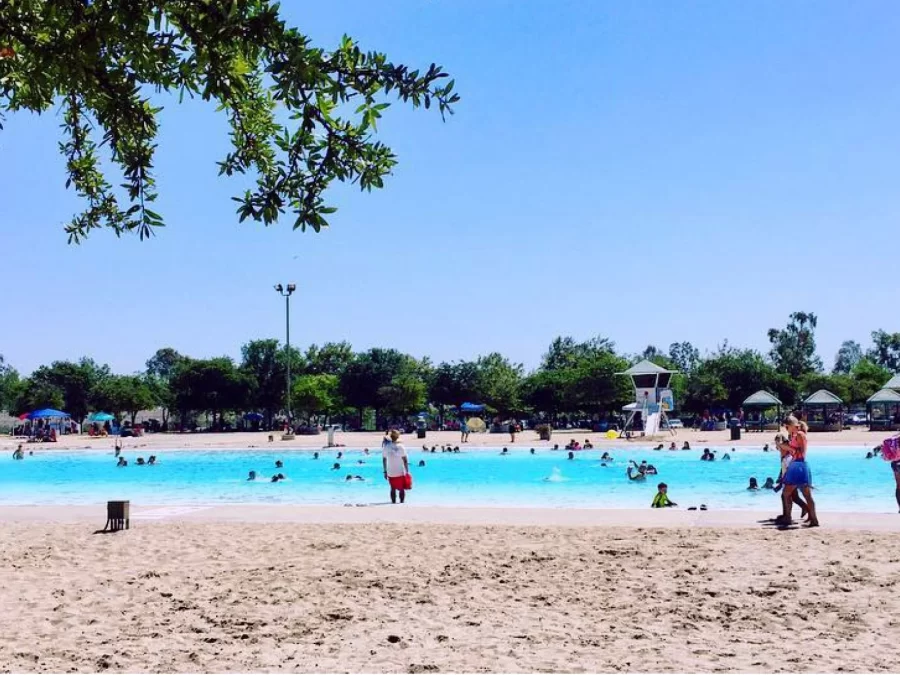
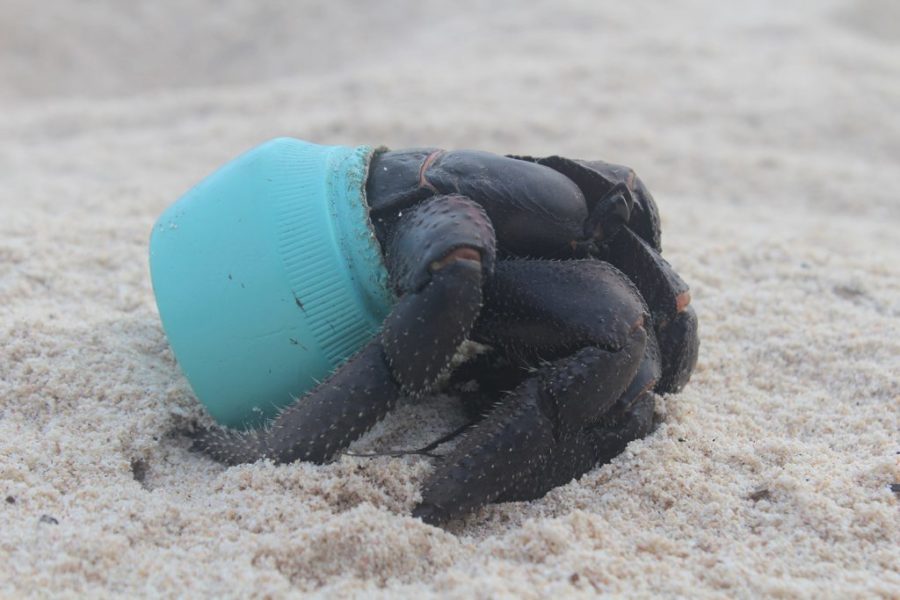



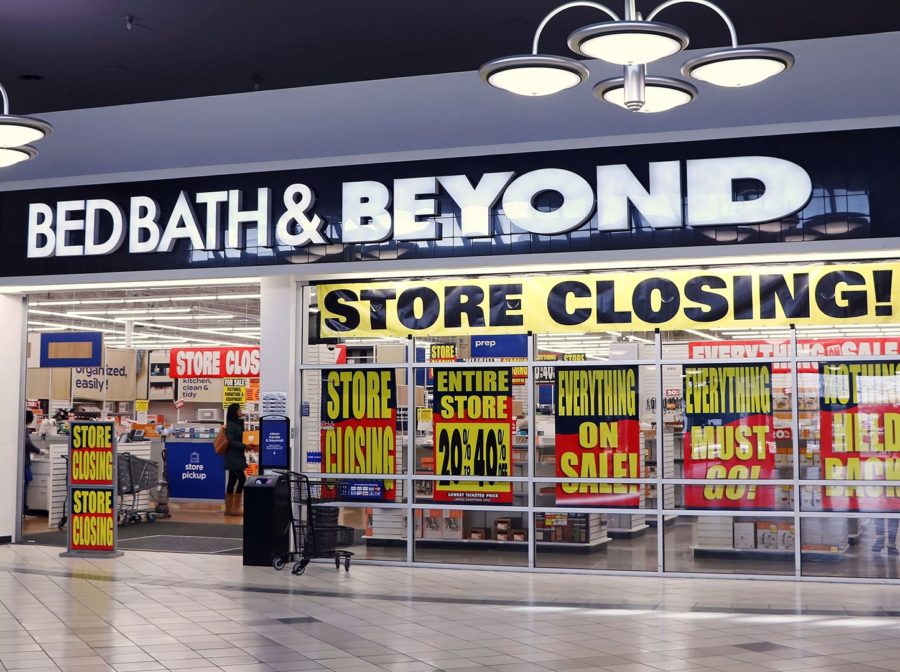
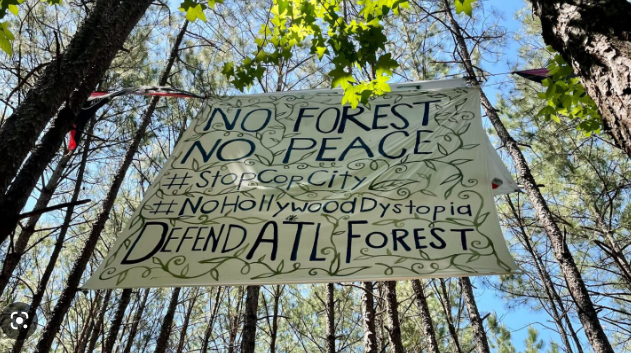
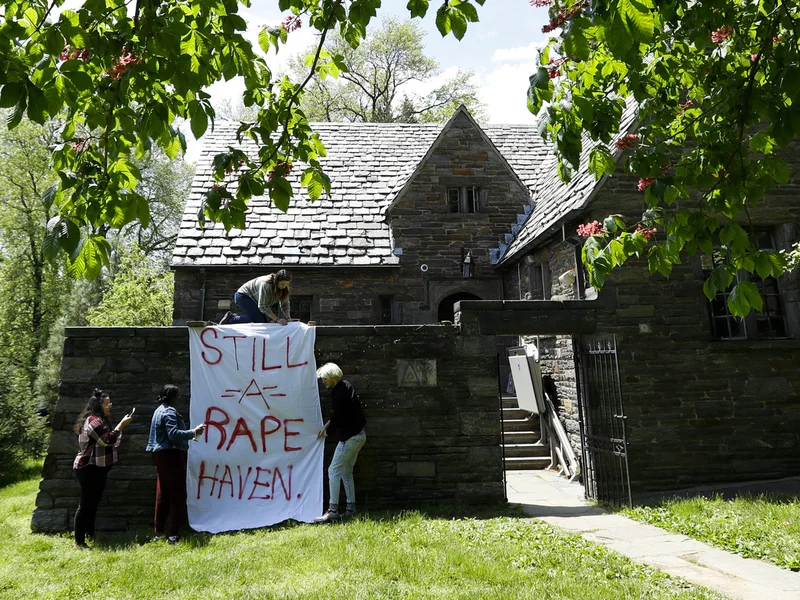



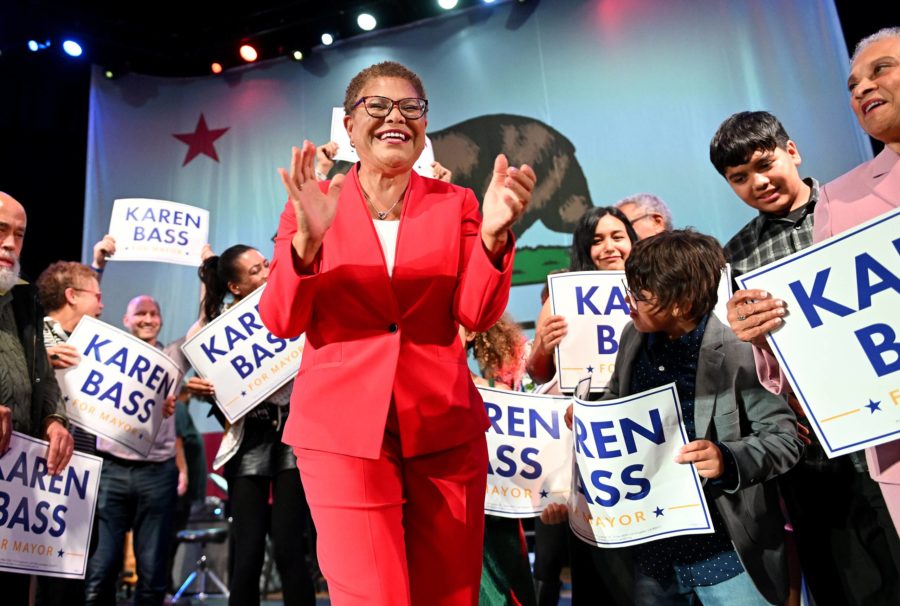
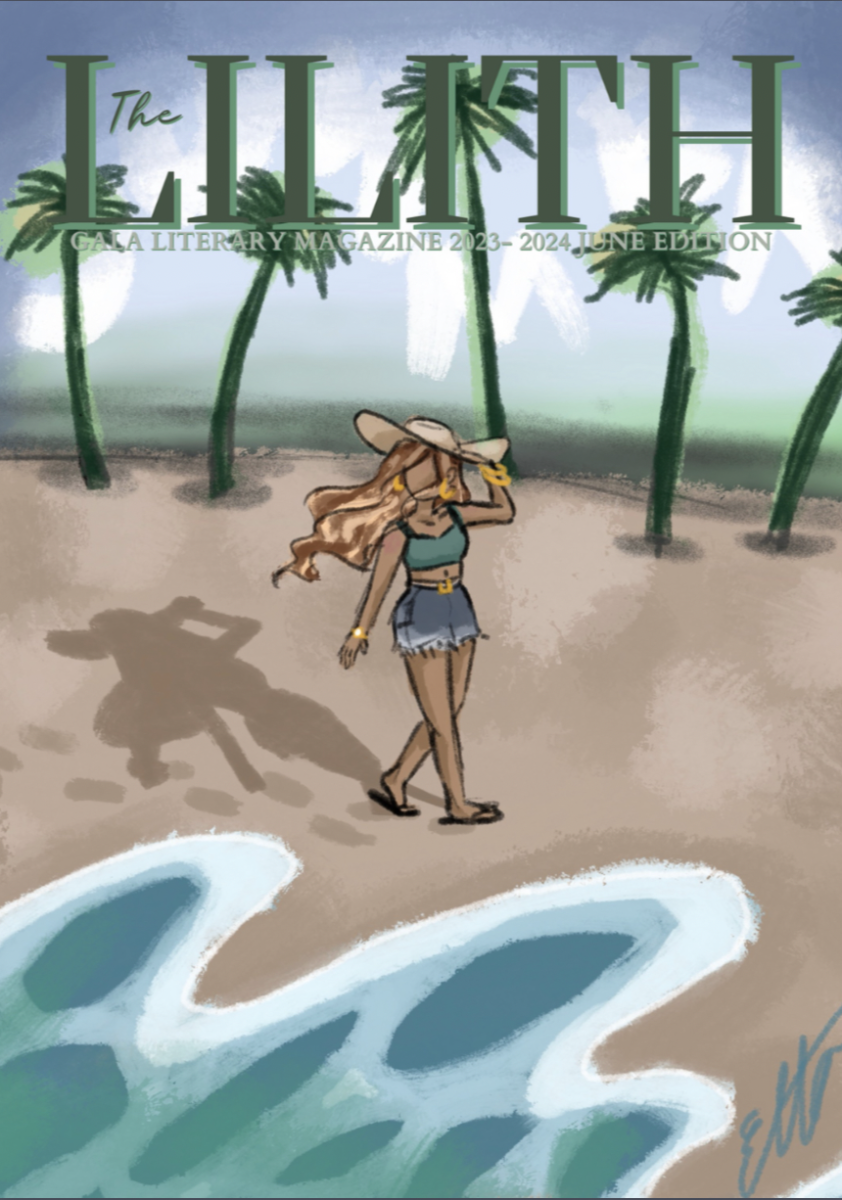










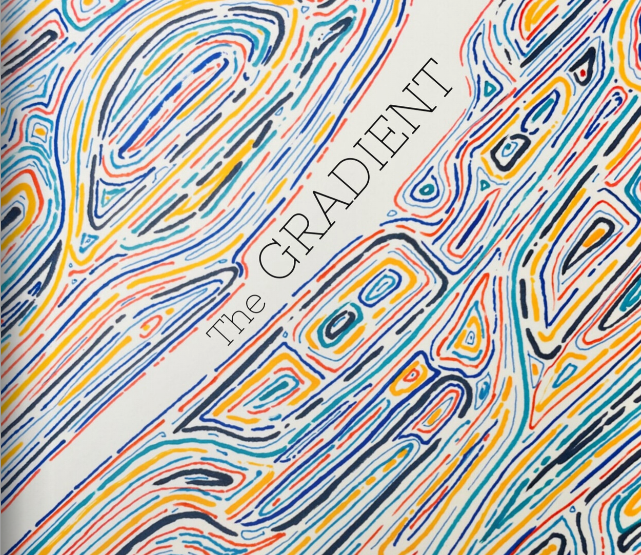








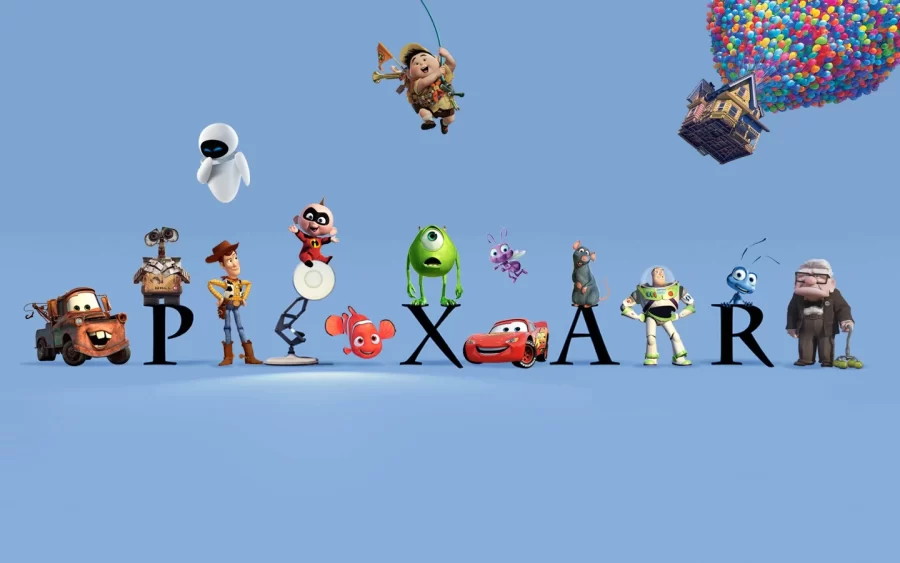

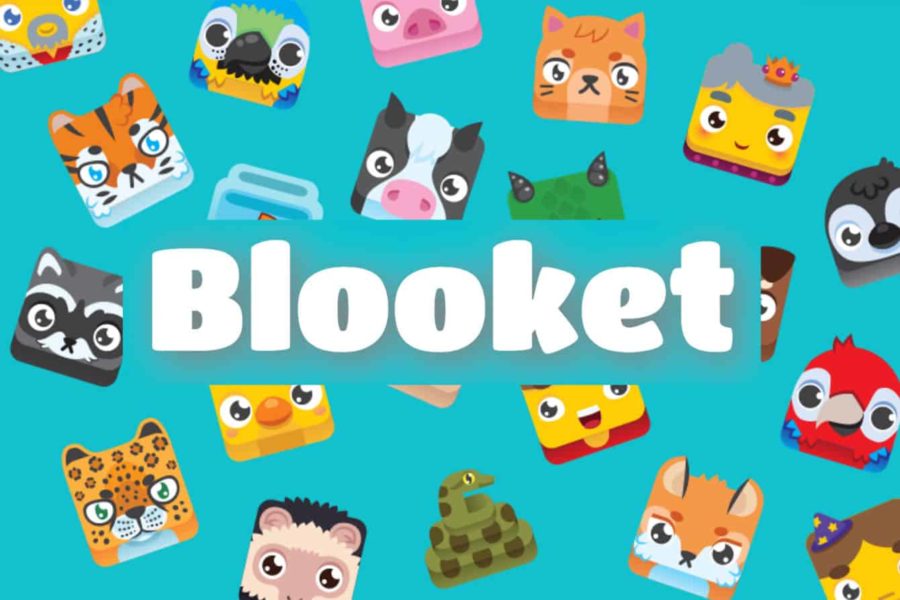
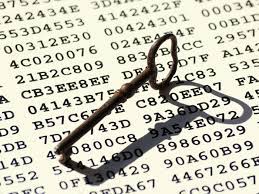


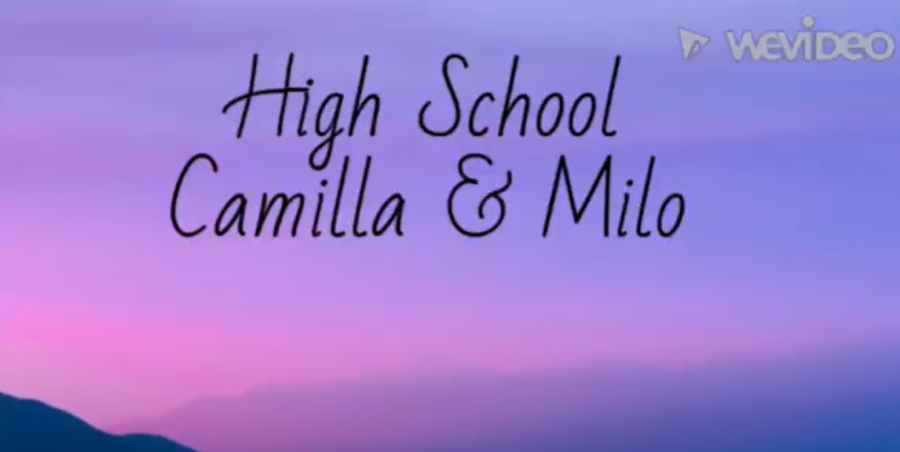



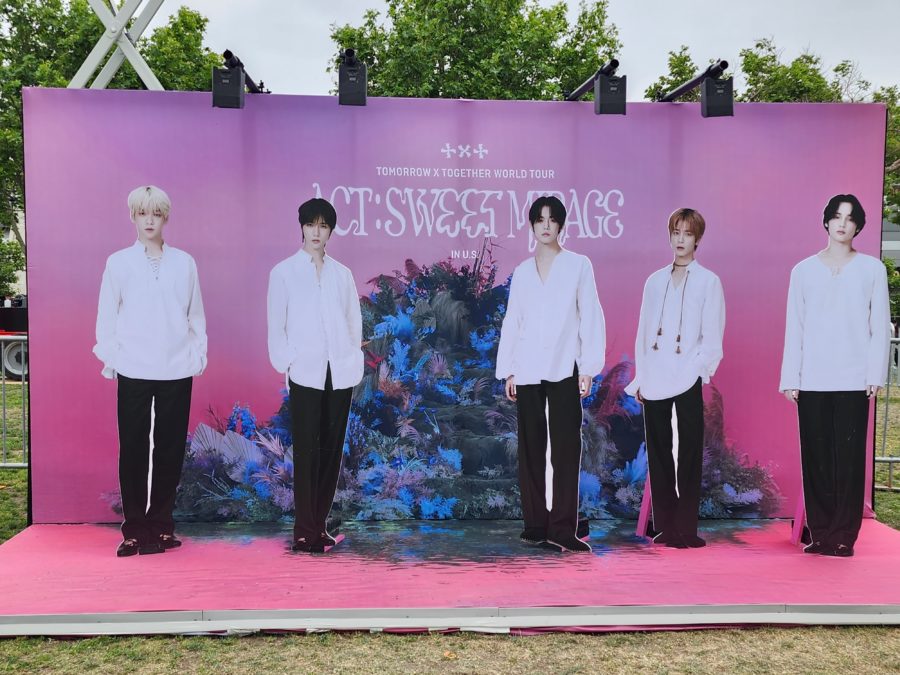





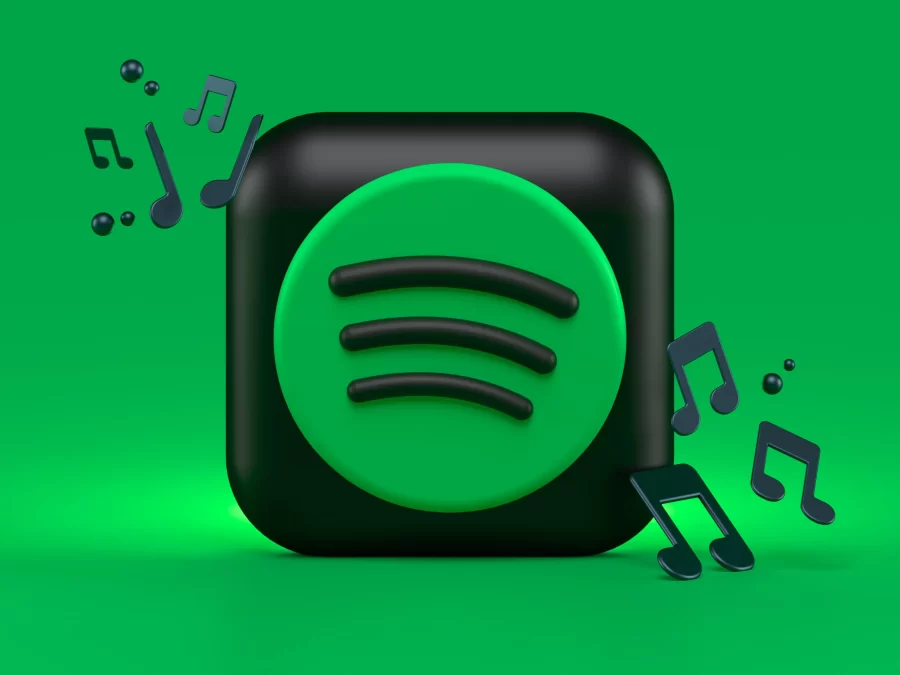

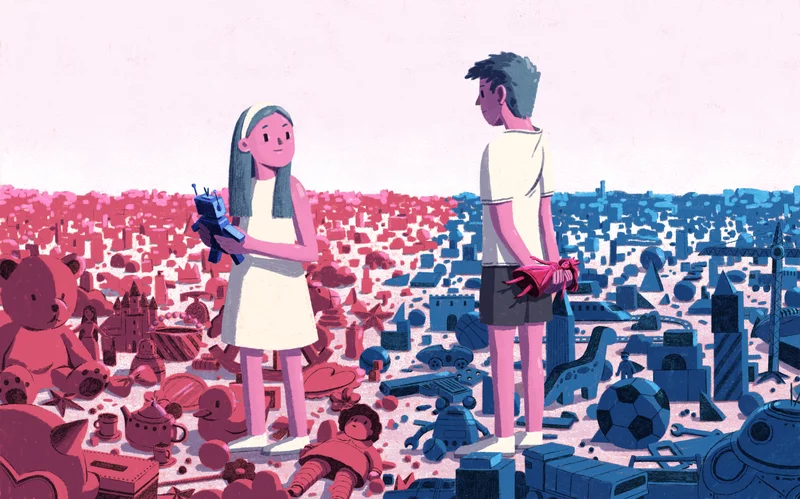
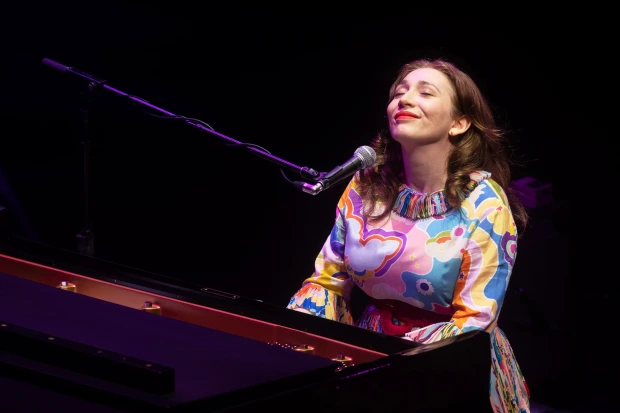
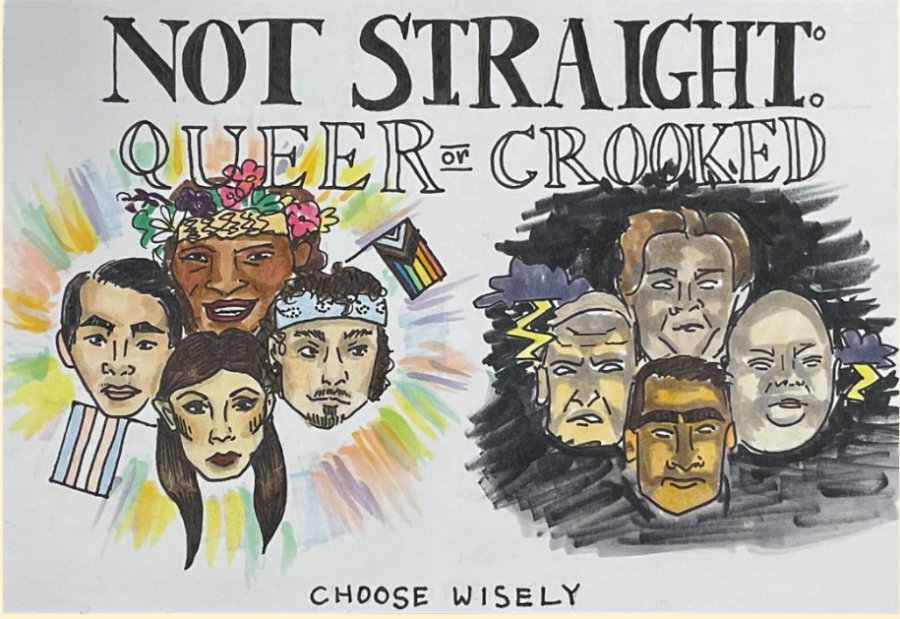


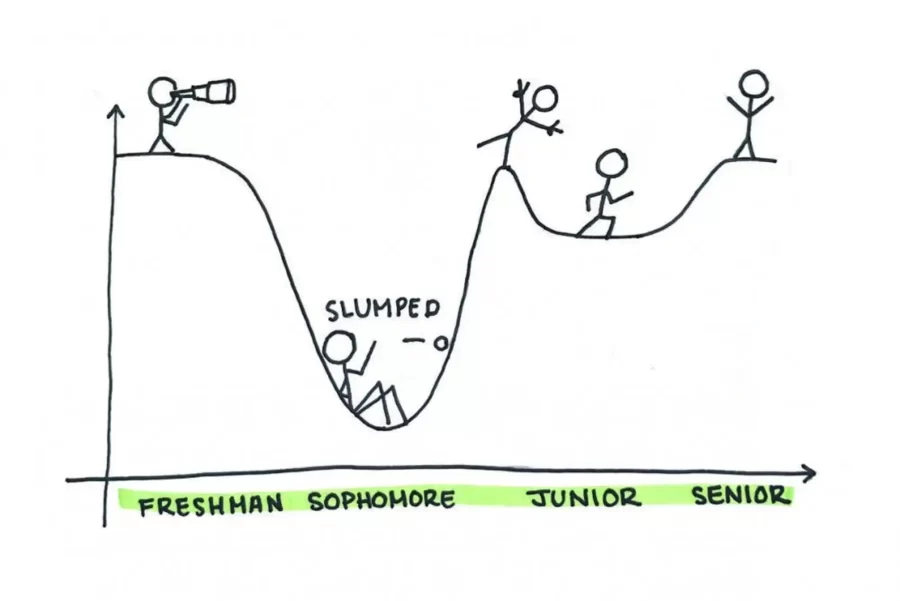



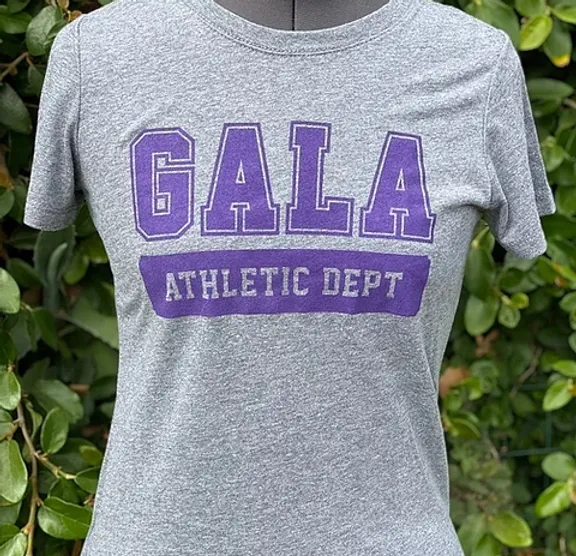
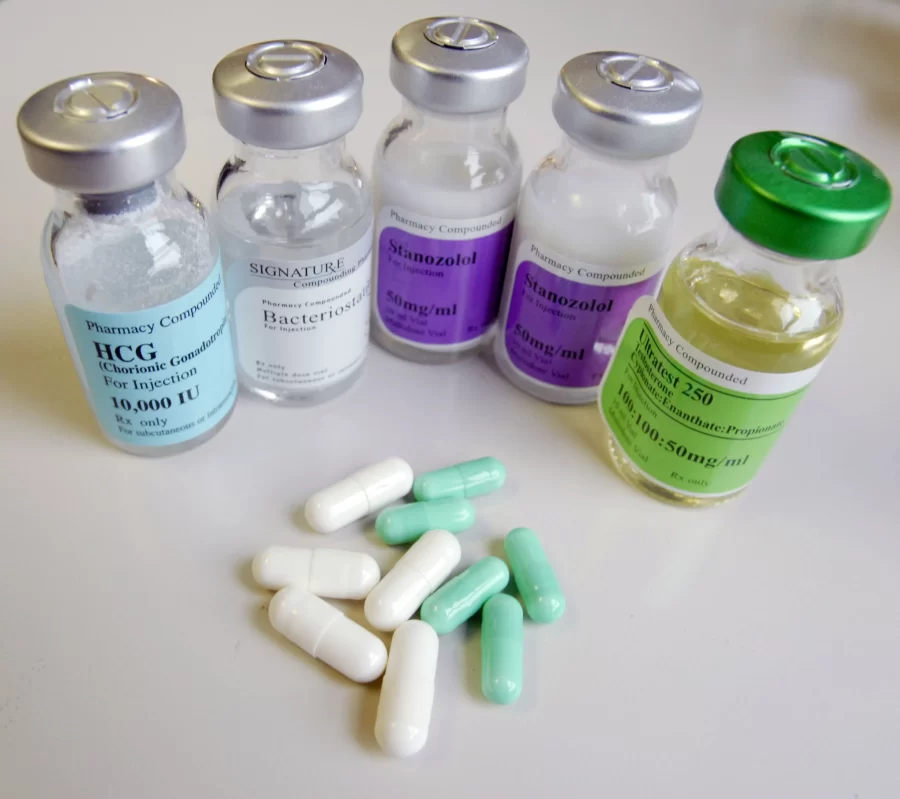

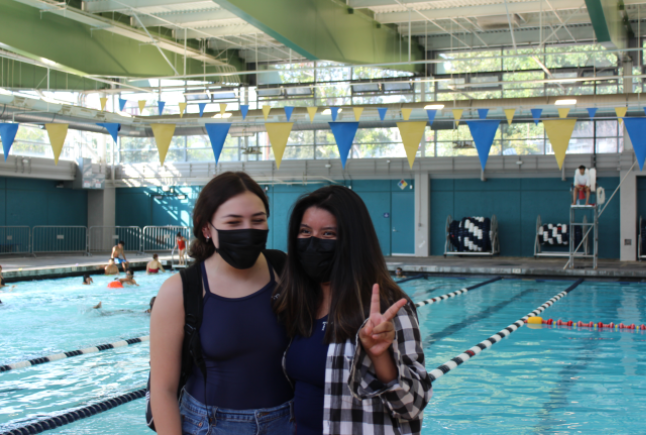
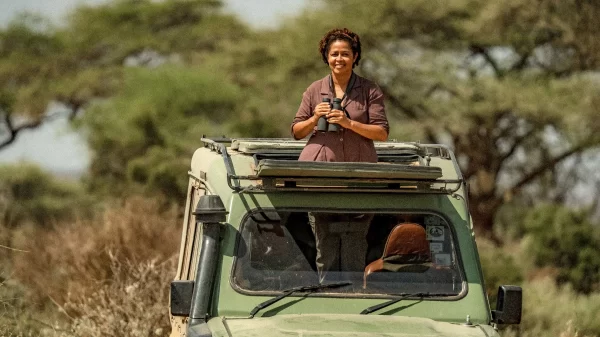


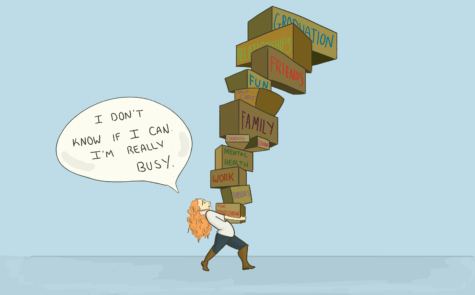
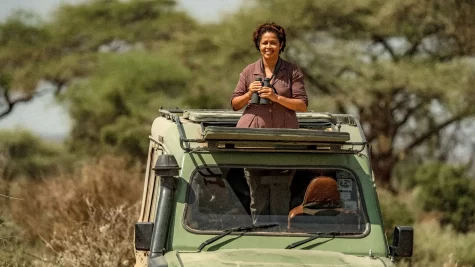


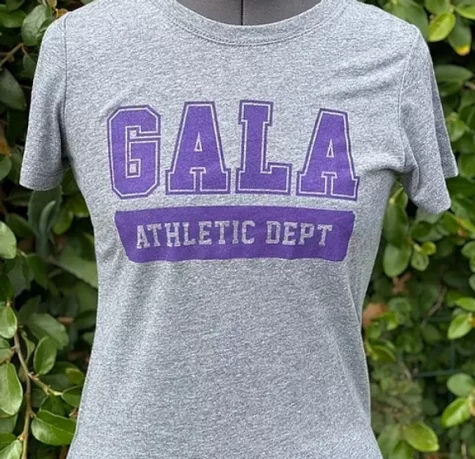
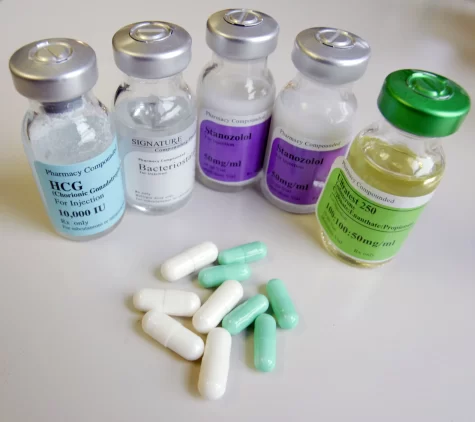
Mae • Mar 2, 2022 at 4:41 pm
So proud of you bro